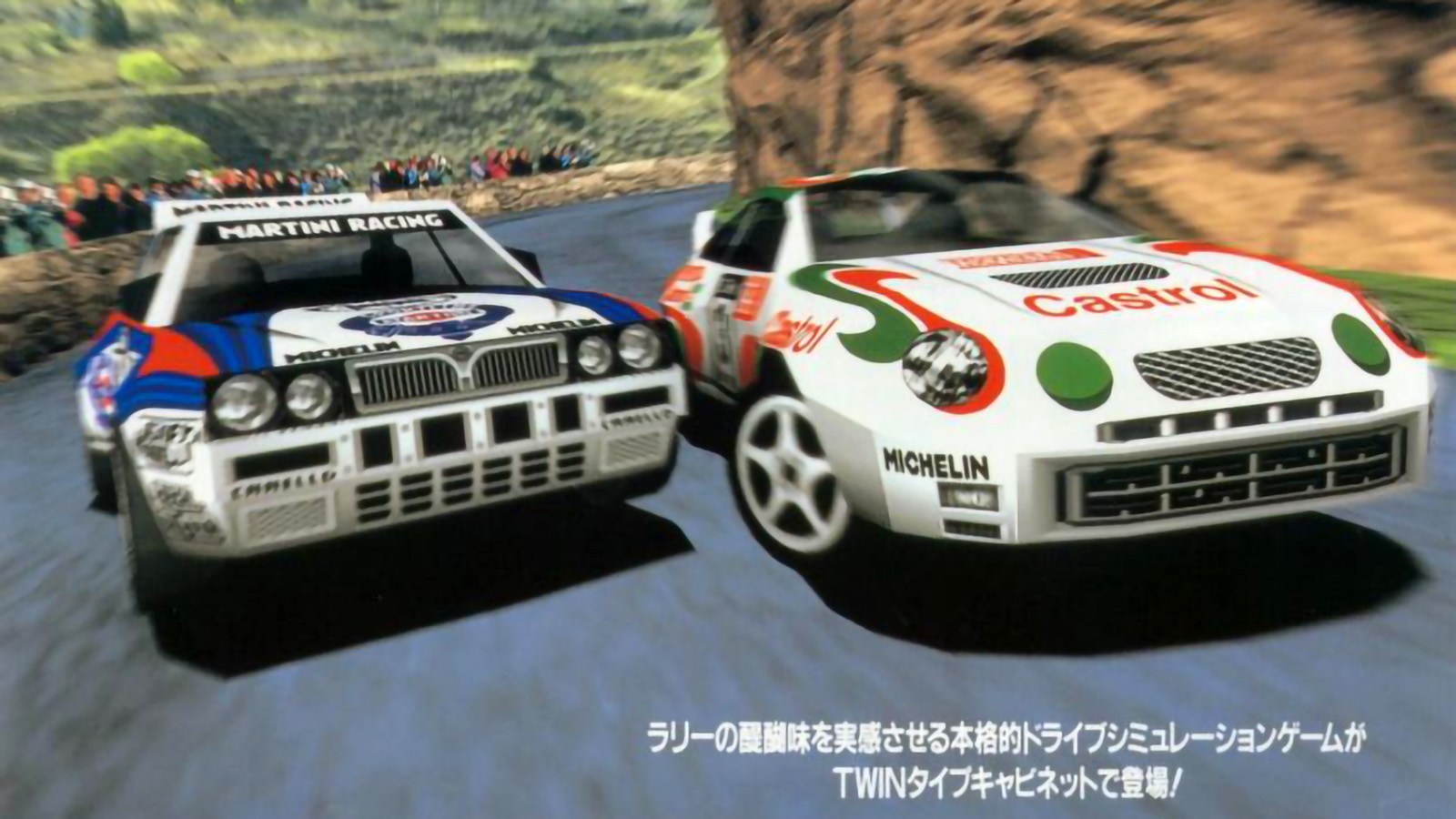

We may earn revenue from the products available on this page and participate in affiliate programs. Learn more ›
Your favorite rally game—be it Dirt, WRC, Richard Burns or Art of Rally—owes its life to Sega Rally Championship. The iconic racer, released through 1995 in arcades and on the Saturn console, was quite a risk when lead developer Tetsuya Mizuguchi first pitched it to the gaming giant in the early ’90s. Rallying just wasn’t as popular as stock car racing in the U.S., or Formula 1 globally. Some of my earliest memories are of playing Sega Rally at home, so I know the game well, but even I didn’t know that. And even if you think you know it well, too, I encourage you to watch YouTuber PandaMonium’s four-hour, 40-minute (!) documentary on the title. You’re guaranteed to learn something.
Full disclosure: I have only watched just under two hours of the film at the time I’m writing this, because, frankly, I haven’t had one-and-a-half Oppenheimers’ worth of time to crash on the couch and enjoy this infodump of ’90s motorsports and gaming nostalgia. But I wish I did, because PandaMonium’s research is brimming with period footage of rallying’s golden era as well as Sega’s, and snippets of interviews they both sourced and conducted themselves with Mizuguchi, WRC rally winner and TEIN founder Yoshio Fujimoto, and Kenneth Ibrahim, an American ex-pat working at Sega during this era, that is perhaps best known for calling out pace notes as the player’s trusted co-driver.

It’s a testament to Sega Rally’s staying power that some of us are still talking it about it so many years later. But despite the game’s influence, there’s still so much that gets lost in its story, that we take for granted. Consider that Toyota and Lancia vehemently rejected licensing the Celica GT-Four ST205 and Delta HF Integrale to Sega at first, dismissing video games as a juvenile, pointless endeavor for marketing.
Mizuguchi eventually earned their endorsement—for free. No fees. Good luck getting that kind of sweetheart deal as a racing game maker these days. Also, the entire development team at Sega’s AM3 division was extremely green, and had little to no experience creating 3D, polygonal games. Most had never even attempted performance driving before. Cue a montage of young Japanese programmers testing rally cars and traveling to places like Yosemite to ascertain a sense of the natural world, that they could feed back into their project. And this is well before we get to the team’s later efforts to recapture the arcade release’s magic on the far more restrictive Saturn hardware.
They say the rest is history, and Sega Rally was of course very successful, inspiring even more realistic and equally beloved recreations of the sport in games like Codemasters’ Colin McRae Rally. But there’s assuredly more to tell—hours worth—so buckle up with me, and enjoy this retrospective on one of the genre’s GOATs. Just remember to take some bathroom breaks.
Wanna talk racing games? Hit me up at adam.ismail@thedrive.com
